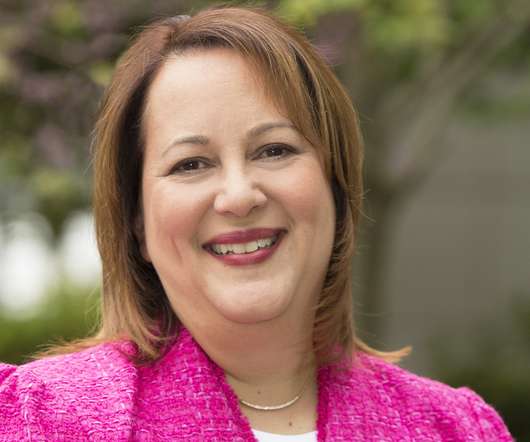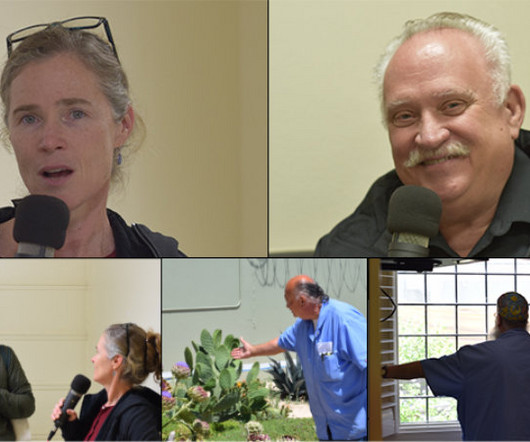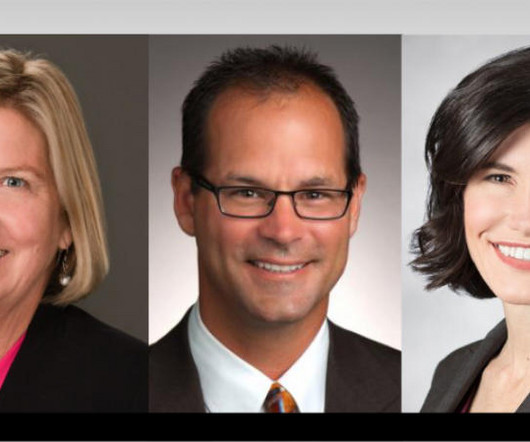Social Workers Leaving Hospice, Health Care in Record Numbers
Hospice News
JULY 11, 2022
Hospice have lost social worker employees at a faster rate than any health care setting in the care continuum. . Social workers have left the health care field at record-high rates during the pandemic, according to data from the Peterson-Kaiser Family Foundation Health System Tracker.




















Let's personalize your content